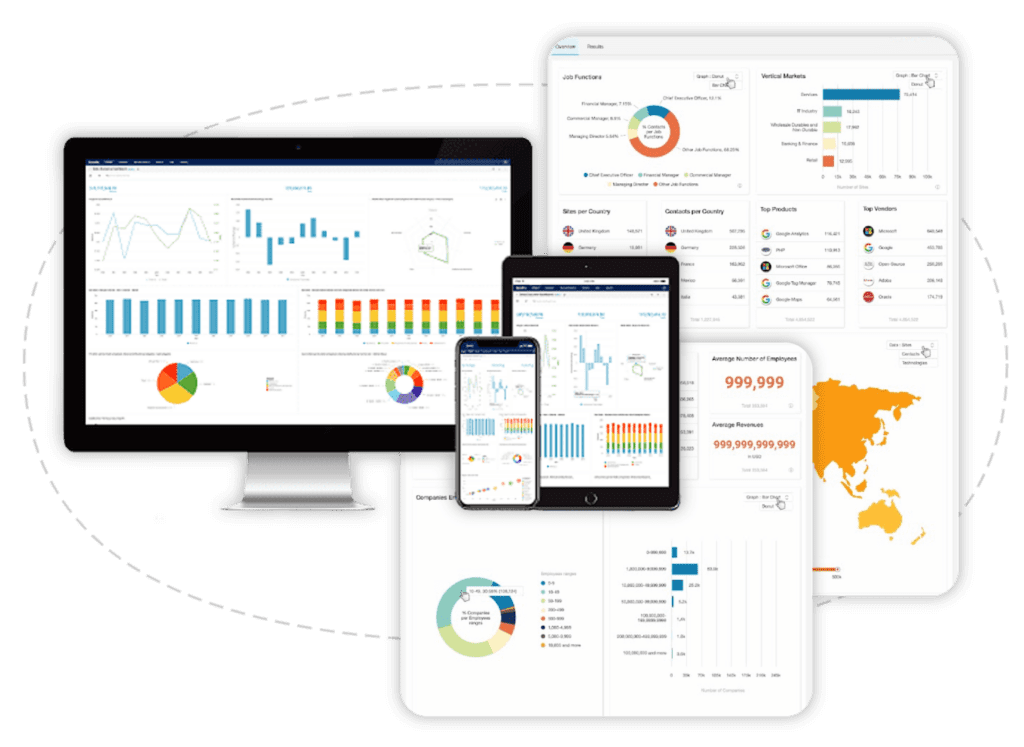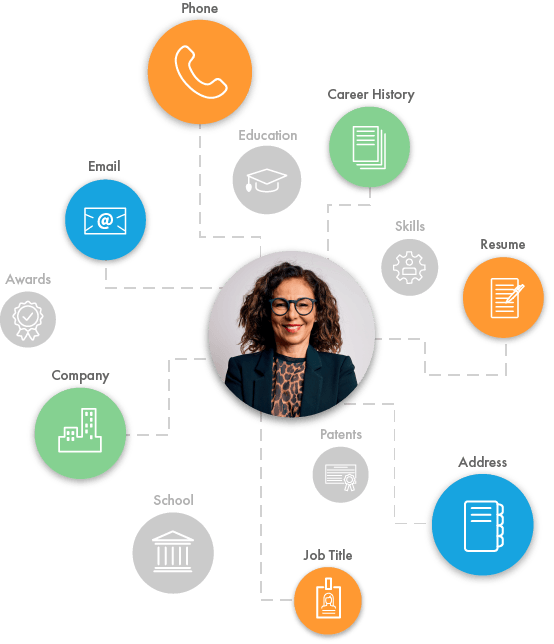Did you know that stretching is just as critical to your overall health as eating nutritiously. This can help reduce the risk of injuries, improve your posture, and make daily activities easier. Companies like The Muvement Pros can Companies of stretching and provide some pointers for getting started!
What makes stretching crucial?
There are many benefits to stretching. It first helps with increasing blood circulation throughout your body. This increased blood circulation can aid in reducing the risk of injuries and improve your overall posture. Additionally, stretching can help to improve your range of motion and make everyday activities easier. Lastly, stretching is a great method to relax your muscles and decrease stress. Stretching and flexibility classes can be a terrific way to unwind after busy day.
Static and Dynamic Stretches
The two different types of stretches are: static and dynamic. Static stretches are when you hold a position for an extended period of time, usually 15-30 seconds. Dynamic stretches are when you move through a range of motion multiple times in a row, such as walking lunges or arm circles. It is vital to include both static and dynamic stretches in your daily routine to receive the most benefit, and stretching classes typically offer a mix of both. Because they serve to lengthen your muscles and improve flexibility, static stretches are essential. Dynamic stretches are crucial because they help in warming up and prepping your muscles for activity. The ideal stretching to do is dynamic stretching before exercise and static stretching after exercise. And, flexibility training courses will usually start with static stretches to help you relax and concentrate on your breath
Starting softly and progressively increasing the intensity of your stretches as time continues is vital if you are a beginner to stretching. The ideal stretching to do is dynamic stretching prior to exercise and static stretching after exercise. If you start feeling pain, stop the stretch and consult a doctor or physical therapist.
Here are some tips for getting started:
-
Find a comfy place to stretch. A mat or towel on the floor will work perfectly.
-
Start with static stretches and hold each stretch for 15-30 seconds.
-
As you become more flexible, you can add dynamic stretches to your regimen.
-
Stretch every day for the best results!
PNF Stretching
PNF (proprioceptive neuromuscular facilitation) stretching is a type of stretch that uses both the stretch reflex and the Golgi tendon reflex to achieve a greater range of motion. PNF stretching is typically done with a partner who administers pressure to the muscle group being stretched. Afterward, the individual briefly contracts the muscle group before relaxing. This process is repeated a couple times to help with increasing flexibility. Consider hiring a stretching expert, like those at The Muvement Pros, if you don’t have a partner with PNF Stretching expertise! There are many benefits of PNF stretching, including increased range of motion, improved circulation, and reduced risk of injury. PNF stretching is an advanced form of stretching and must only be attempted with the guidance of an expert.
Now that you know a little bit more about stretching, why not give it a try? A few minutes of stretching every day can make a big difference in your overall health and wellness!


